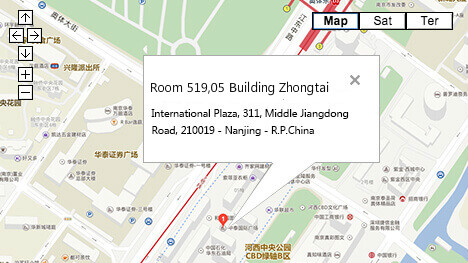Some clients have asked us “what is a certificate of conformity” over the years, and…
The different types of sampling plans for QC inspections
BY RENAUD ANJORAN
If an inspector controls the quality of your products in China, he probably checks only a portion of the whole batch.
But how does he decide how many pieces to pick for his inspection? In other words, what sampling plan does he follow?
The most commonly used is the single-stage sampling plan by attributes.
What does it mean, and what are the other options?
A “single-stage sampling plan” dictates that a certain number of pieces (n) should be drawn and inspected. That number n depends mainly on the size of the batch (and also on the inspection level). If the number of defects is under the AQL limit, the result is passed.
In a “double-stage sampling plan“, the inspector would start by taking a smaller number of sample (n1). If the number of defects in n1 is above certain limits, more samples are picked.
An “accept on zero” plan is a weird animal that is usually not a good idea in China. Some importers, who are sensitive to legal litigation by their customers, accept batches only if no defective unit is found. The only advantage is the fewer samples need to be checked.
A “sampling plan by attributes” classifies the samples as either “non defective” or “defective”. There is nothing in between.
A “sampling plan by variables” allows for a finer evaluation. For example, the length of the product is measured, and the exact findings are taken into account when a decision is made.
A “rectifying sampling plan” is applicable if the defects that are found can be corrected immediately. It is not very different from a sampling plan by attributes, but it takes into account that the batch is of higher quality after the inspection… and, in case of inspection failure, the whole batch should be inspected.
“Continuous sampling” is the best plan when products are made individually in a continuous flow. It makes no sense to pick samples inside each “batch”. It consists of several phases:
- At the beginning, each piece is checked (that’s the “screening”).
- After a certain number of pieces were found satisfactory, only certain pieces are checked randomly (that’s the “sampling”).
- If a piece is defective: back to screening.
—–
If you want to use one of these plans, you should visit the excellent SQC Online website and get the numbers you will need.
And if you want more in-depth information about these plans, you should read Practical Acceptance Sampling: A Hands-On Guide. It was pointed out to me a few months back by Etienne Charlier.
I pasted this book’s description (from the publisher) below. I should add that it is a college textbook first, before being a practitioner’s guide.
Acceptance sampling plans provide criteria and decision rules for determining whether to accept or reject a batch based on a sample. They are therefore widely used by manufacturers, suppliers, contractors and subcontractors, and service providers in a wide range of industries.
The book introduces readers to the most popular sampling plans, including Military Standards and civilian ISO and ANSI/ASQC/BS standards. It covers the design, choice and performance evaluation of different types of plans, including single- and double-stage plans, rectifying and non-rectifying plans, plans for pass/fail and continuous measurements, continuous sampling plans, and more.
What do you think?
Article Source: https://qualityinspection.org/sampling-plans-china/



This Post Has 0 Comments